Remote access for energy metering in substations
Until the requirement for storing, processing, and analysing data emerged, the power grid's format remained unchanged for over a century. The power was generated by fuel, transmitted geographically, and distributed to consumers through a distribution network. In recent years, the power grid has evolved, introducing equipment such as SCADA, HMIs, IEDs, RTUs and PLCs, bringing automation to once manned infrastructure. This enabled interconnectivity of remote locations, real time monitoring and control of the distribution network.
In the past few years, the necessity to transform the power grid has increased fourfold. A huge factor has been the increase in residential, commercial, green spaces, and most recently electric vehicles (EVs). The interconnection of once primarily isolated networks has pushed Distribution Network Operators (DNO) to face new challenges in substation automation.
Like residential properties, substations also need energy meters. A residential meter is typically used to power devices such as a fridge or kettle. Within a substation, industrial power meters must power much larger devices.
There are many applications for industrial power meters. A meter can be used, for instance, to measure the net energy of incoming and outgoing power from a solar application or within substations for pattern mapping and inter-branch billing. Meters continuously monitor the quality of the line and record usage over a specified period. This data can be captured and transmitted to SCADA for analysis.

In the past, serial equipment was used in these substations. These days, Ethernet equipment is more common. One of the biggest challenges is deciding whether to update existing equipment and the data network at the same time, which can be costly, or to update the data network only. Just replacing the data network can be viewed as a low-cost option, but it also reduces downtime and improves interoperability.
The use of devices with integrated serial (RS232/RS485), copper Ethernet, fiber, and 4G interfaces represents an opportunity to migrate the grid away from legacy infrastructure while keeping costs low. With this over-haul, you are only upgrading essential equipment on site, rather than the whole system. Mobile services such as 4G have expanded rapidly in the past decade with once remote locations now having high speed, low latency, and great uptime access.
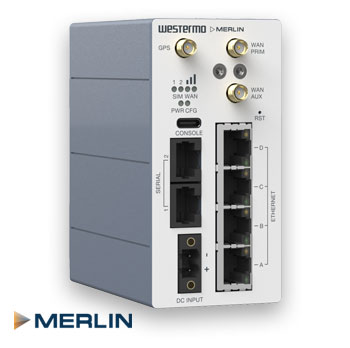
Featured product
The robust and compact Merlin 4400 cellular router is the ideal fit for utility and industrial applications. Featuring zero-touch large-scale deployment and comprehensive cybersecurity capabilities, such as secure boot and TPM (Trusted Platform Module).
Learn more
Private LTE networks
The use of private LTE networks, like the 450 MHz spectrum, is growing as an alternative to commercial mobile networks.

Remote water and waste water connectivity
View isolated and unmanned sites holistically with remote connectivity.

Remote access for distributed heating
Feed data from remote locations into a large system, allowing visibility, manageability, and monitoring.

Industrial power meter connectivity
Provide connectivity for energy meters without needing to exchange equipment.
Explore all remote access solutions
For decades we have offered products and solutions for remote access networking applications. Our extensive product range and deep understanding of applications ensure that we can offer the best solution for your needs.
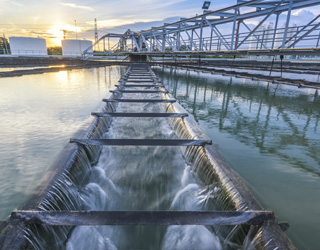
Remote access for utility applications
Cellular connectivity enables the ability to monitor sites holistically.

Remote access for industrial applications
Gain an overview of sites that were either once manned or relatively invisible.
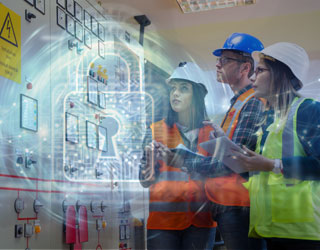
Cyber-securing remote networks
Keeping your remote industrial networks and systems secure has never been more critical.
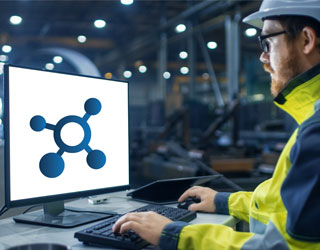
Zero touch networks
Cost effectively deploy and carry out maintenance of thousands of routers.
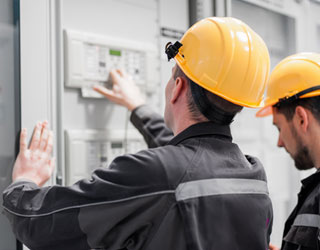
Protocol conversion
Protocol conversion enables one common stream of data to be transmitted or received to the top-end SCADA.
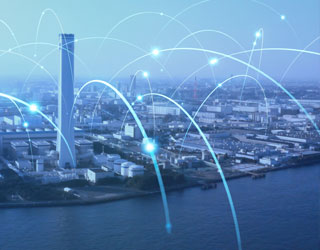
Legacy modem replacement
Migrate legacy serial devices from dial-up or leased line modem communications to serial over IP broadband.
Carl de Bruin
International sales

Bitte nutzen Sie für Supportanfragen unser Support Formular
